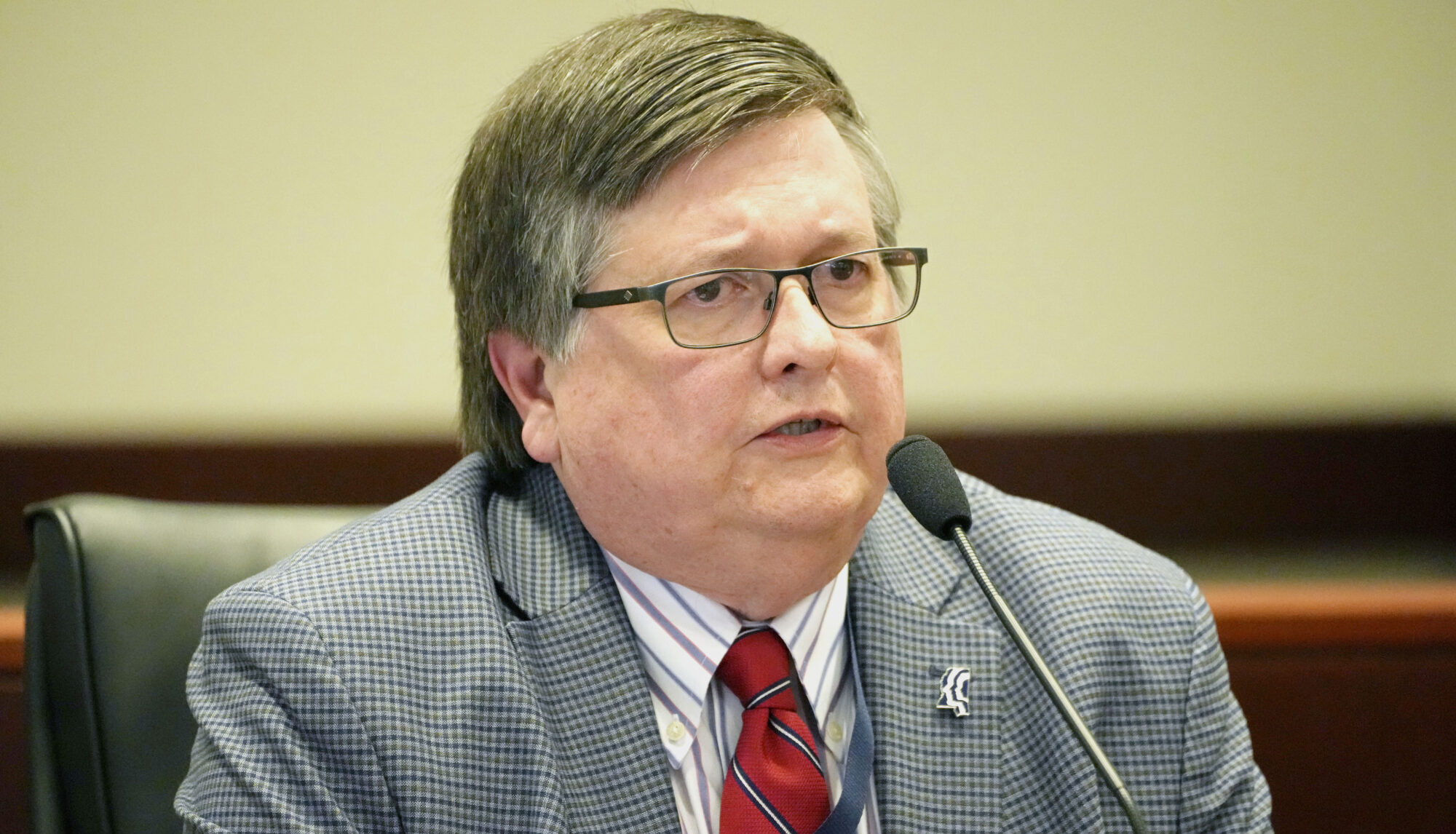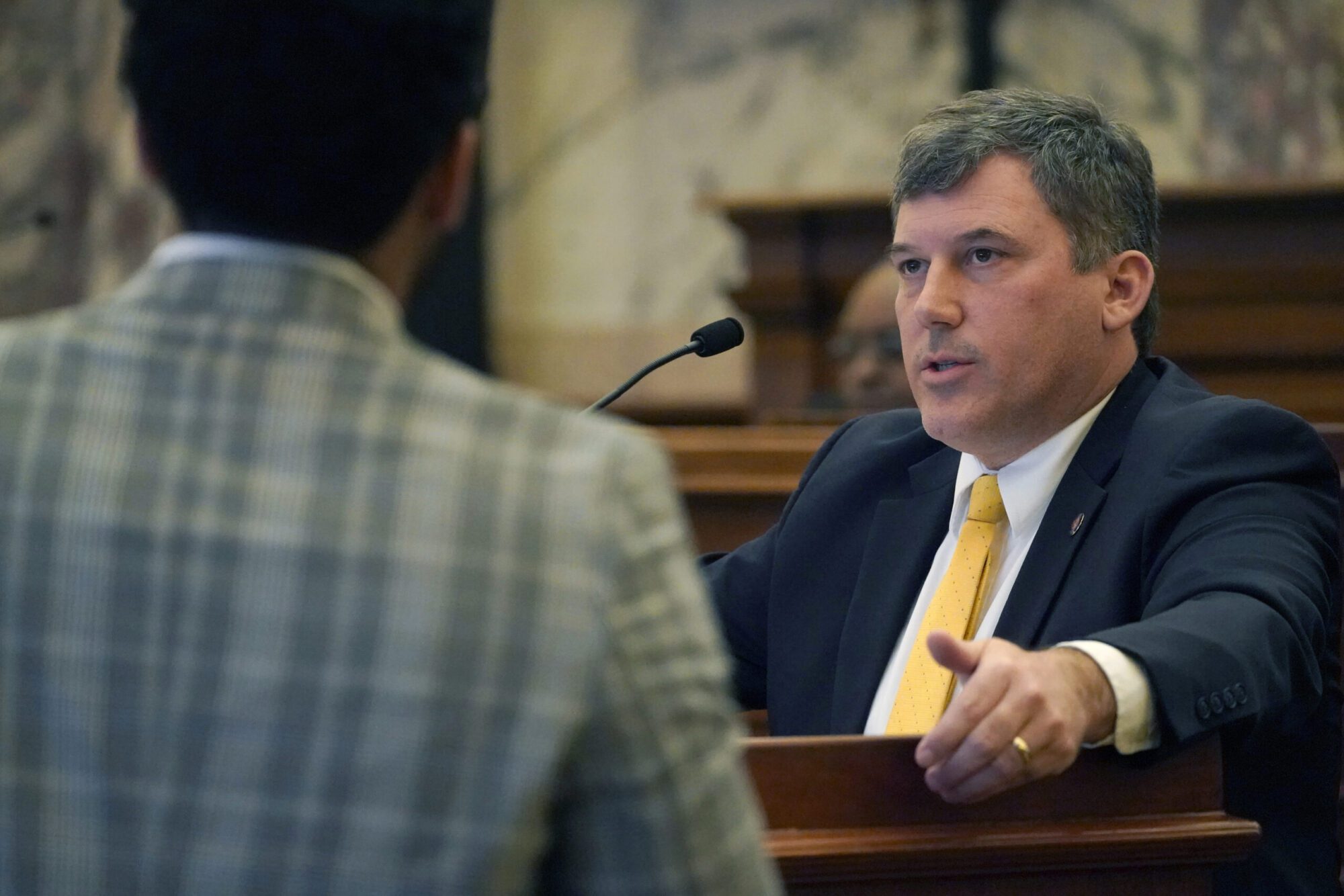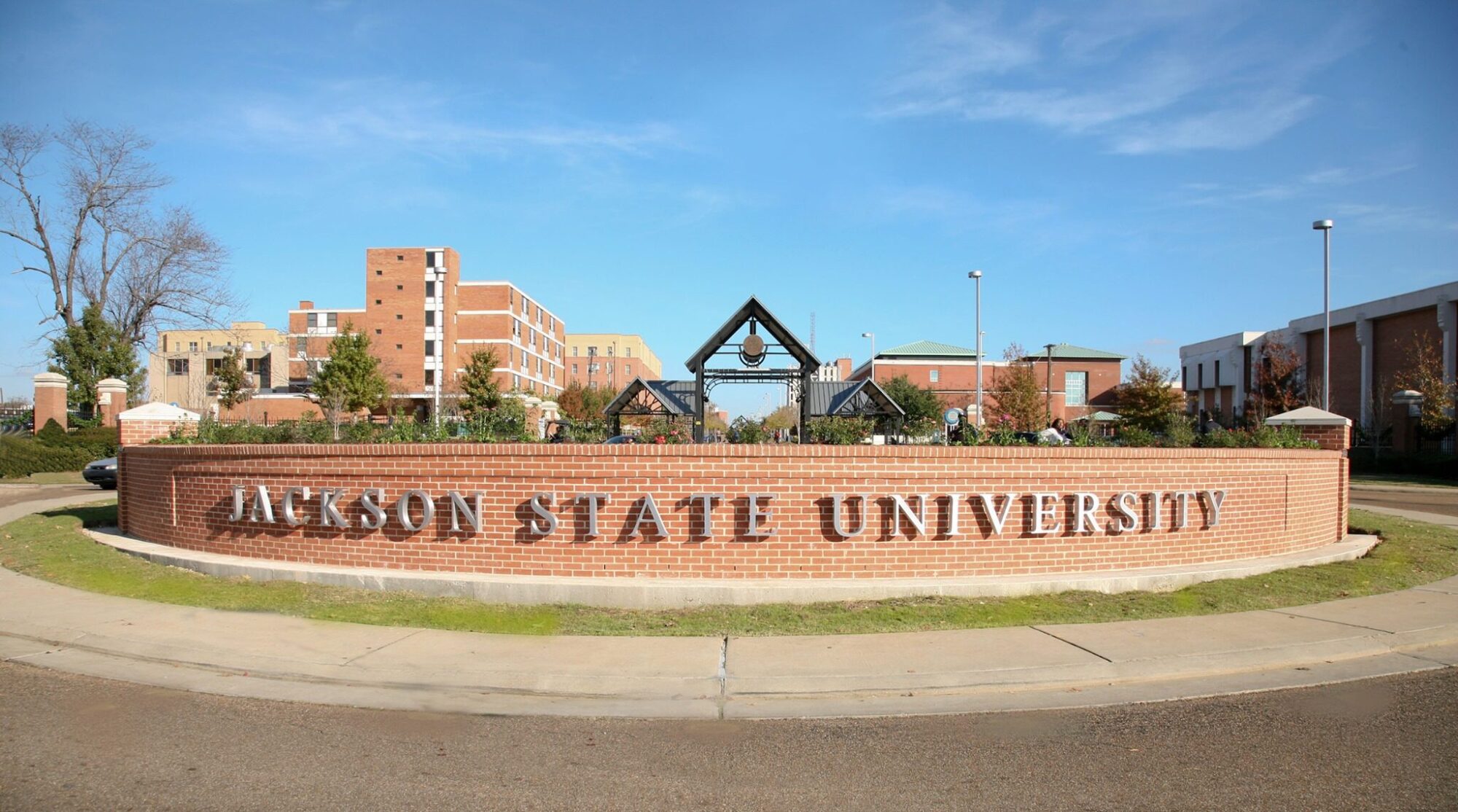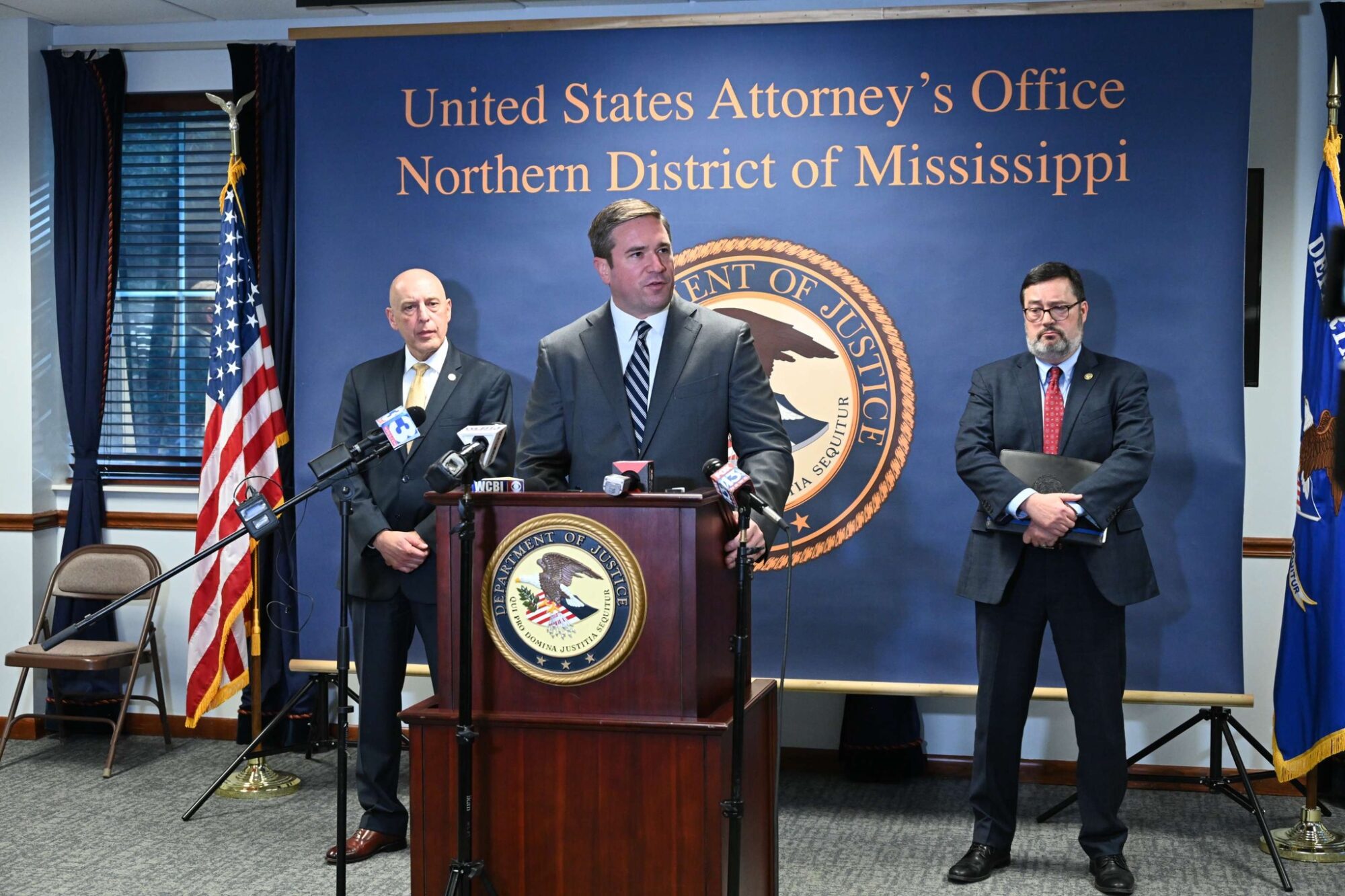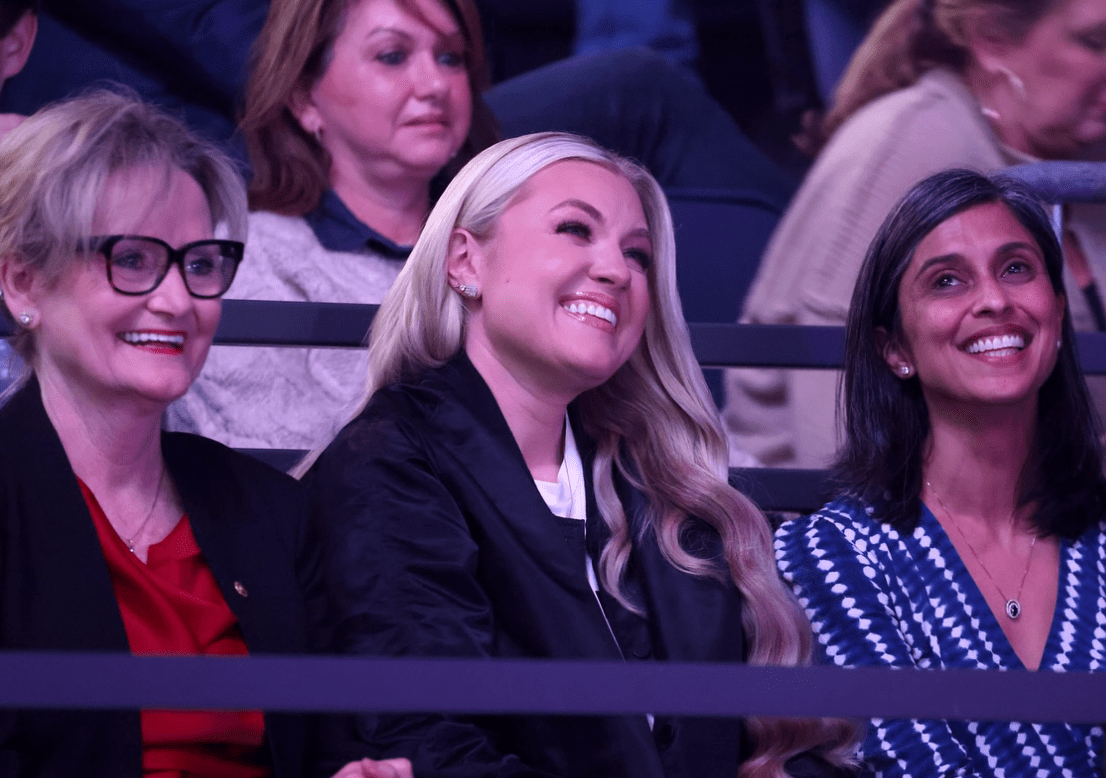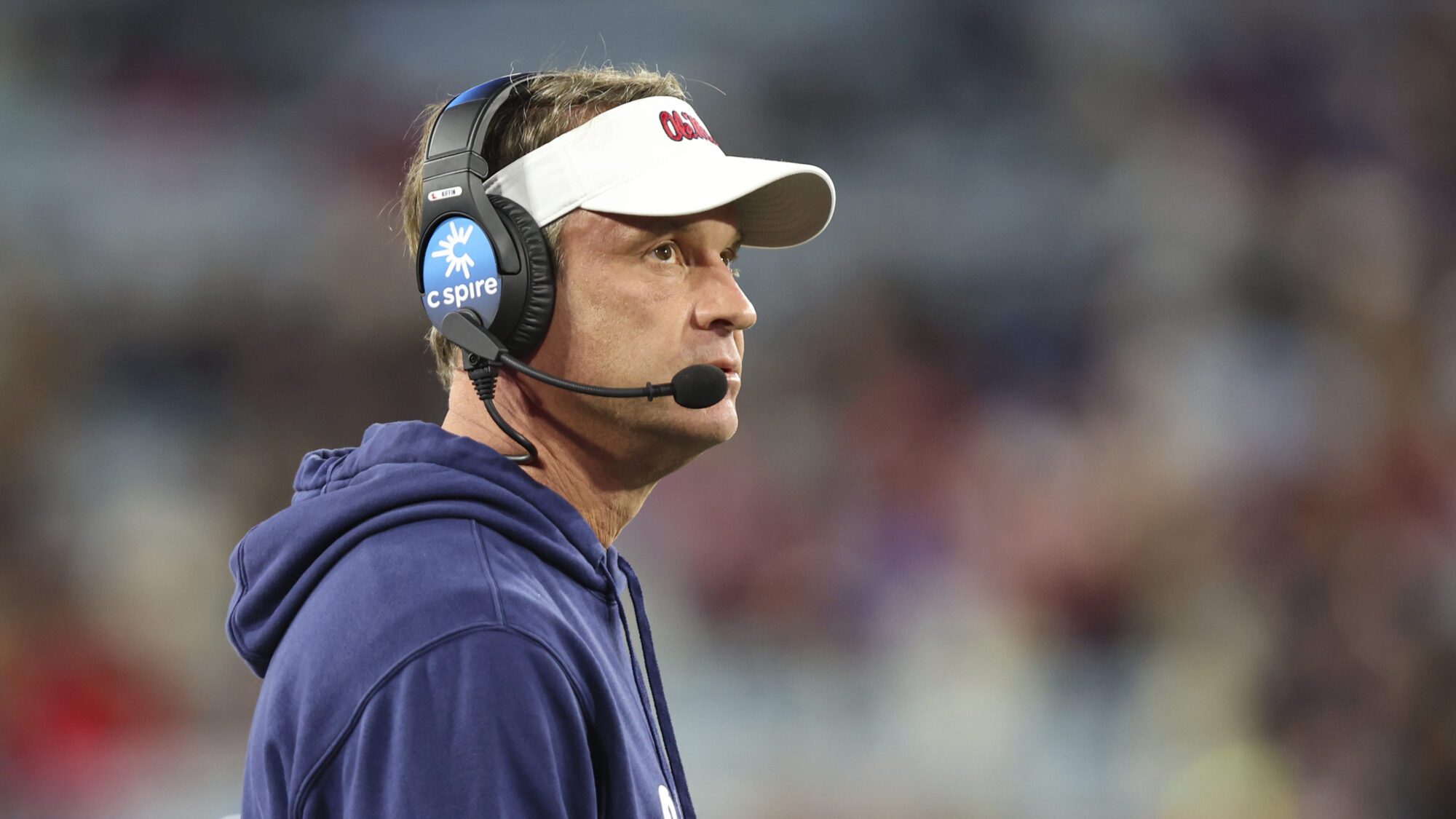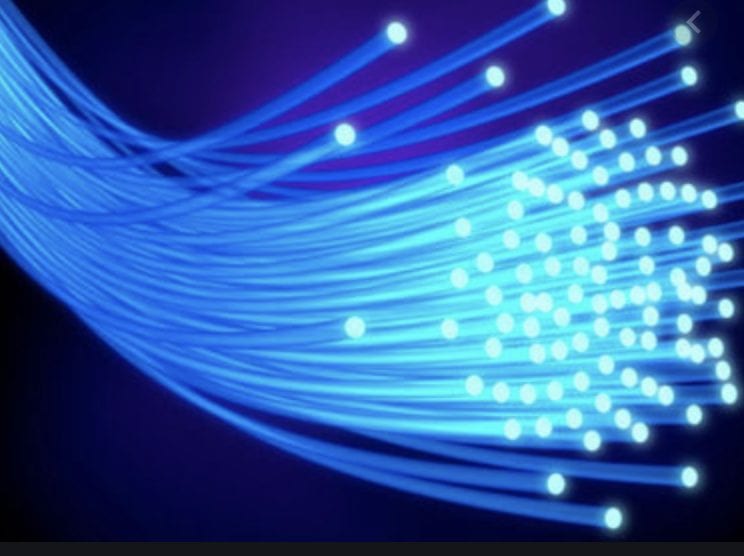
- Billions in grant funding is being administered by the state agency, and they need your help to identify underserved areas in the Magnolia State.
Since the COVID pandemic, access to high-speed internet has become more integral in the lives of Mississippians than ever before. In response, one state agency created to address the need is working to distribute grant funding to build out fiber optic internet connections. Also, anyone in the state who is without access to a high-speed connection is being asked to participate in the upcoming challenge process to help the office identify underserved areas in Mississippi.
The need for high-speed internet
Two years ago, the Broadband Expansion and Accessibility of Mississippi (BEAM) office was established. Sally Doty, a former state senator, was appointed by Governor Tate Reeves to serve as the Director of the office. She moved to the new role after serving as the executive director of the Public Utilities Staff that was already working on policy and funding related to internet connectivity.
Doty told Magnolia Tribune that during her decade-long tenure in the Legislature, discussions about access to high-speed internet were much different.

“It did not seem as important as it is today. Then the pandemic hit, and we realized that there is a digital world that we’ve got to be a part of,” Doty explained.
With higher internet speeds, Mississippians now have access to services that many hope will lead to healthier lives through Telehealth and other health monitoring applications.
Faster internet speeds also provide residents with remote work opportunities that were previously unattainable, a benefit Doty says is good for the state’s economic outlook.
The work resulting from the office’s grants, which typically require a match from the receiving service provider, has brought the number of homes and businesses that are labeled as “unserved” down to about 120,000, while another 30,000 are considered underserved.
The state currently has a total of 1.3 million serviceable broadband locations, Doty said.
For reference, a location is considered “served” under state law, while also meeting the requirements of the Broadband Equity, Access and Deployment (BEAD) program, when there is access to download speeds that reach at least 100 Mbps, and upload speeds of at least 20 Mbps. Unserved areas are those that only have access to 25 Mbps download and 3 Mbps upload speeds. Underserved areas are those with speeds between those two thresholds.
“Because, you know, in the past we’ve been getting TV for a long time. But we haven’t been sending video (over the Internet) like we do now, or big files,” Doty elaborated. “It’s a different world now.”
Billions in grants going to build out connections
Several rounds of grant funding have been provided in Mississippi to build out high-speed connections. The first round of the program utilized CARES Act funds totaling $75 million. That funding was administered by the Public Utilities Staff at the behest of the Legislature in 2020 and was primarily provided to electric power associations.
BEAM is now currently in the process of finishing up funding from 2022 totaling $32 million. That funding is being used to pay for a dozen projects statewide. Doty said completion for that round is expected by the end of the year with estimates of nearly 10,000 connections being established as a result.
A Capital Projects Fund that provided a $162 million grant was another source of funding for internet connectivity, of which roughly $70 million has been awarded to date.
The most recent stream of funding comes from the Broadband Equity, Access and Deployment (BEAD) program through the federal Infrastructure and Jobs Act, totaling $1.2 billion for Mississippi out of the nearly $42 billion to spent nationwide. Awards from that program are not expected to begin until 2025.
“Because we’re working through a lot of milestones and requirements to release that money, but every state is going through the same thing,” Doty explained.
Within the state, Doty estimates there are 60 internet service providers, of which about half have received some sort of grant funding through BEAM’s various funding sources. Matches from the service providers are required to receive grant funding through the various programs. Under the federal BEAD program, the required match is at least 25 percent. However, Doty has noticed that applications that promise more in match funding from the service provider receive more weight because it ensures there will be an extra investment above the grant. She added that some smaller service providers have also applied for and received funding.
For the most part areas that receive the grant funds can expect to receive speeds in the “served” category or higher. But Doty said there are exemptions in areas of the state considered “extremely high-cost locations,” where is it is cost prohibitive to provide a fiber optic connection. Still, there is a system in place to ensure that locations marked as high-cost truly meet the criteria.
“So, we’re running down some of those extremely high-cost locations to make sure they really are true residents and do need service,” Doty explained.
If providing a fiber optic connection to an area is truly cost prohibitive, programs then typically allow for the creation of a wireless connection, such as through the use cellular towers.
To address criticisms that the Delta will be left out of the various programs altogether, Doty said, “The Delta is going to have fiber.”
Currently, Delta Electric Power Association is building out fiber connections under the moniker DE LightSpeed. Doty said that some areas in that part of the state will be deemed high-cost locations and as such be provided with wireless options. She said those locations are expected to be few.
The benefit of fiber optic connections as compared to old copper wire-based connections is in the ease of upgrade, making the life of the investment longer. For instance, there are places in north Mississippi with access to 5 Gbps speeds through fiber, with people subscribing to those tiers.
“It’s funny, they said people up there, they didn’t have anything for so long and they’re never going to use that much speed, but they want it, so they pay for it,” Doty elaborated.
BEAM needs citizen input
Mississippians still waiting on access to high-speed internet will want to watch for the upcoming BEAD challenge process which begins July 17. It will provide Mississippians the opportunity to review and weigh in on the accuracy of the interactive map on BEAM’s website.
Doty is asking residents who may be unhappy with their internet connection speeds to visit the interactive online map and see if their area is denoted as “served” or not. If their area is incorrectly labeled, that is the time to share that information with BEAM’s office.
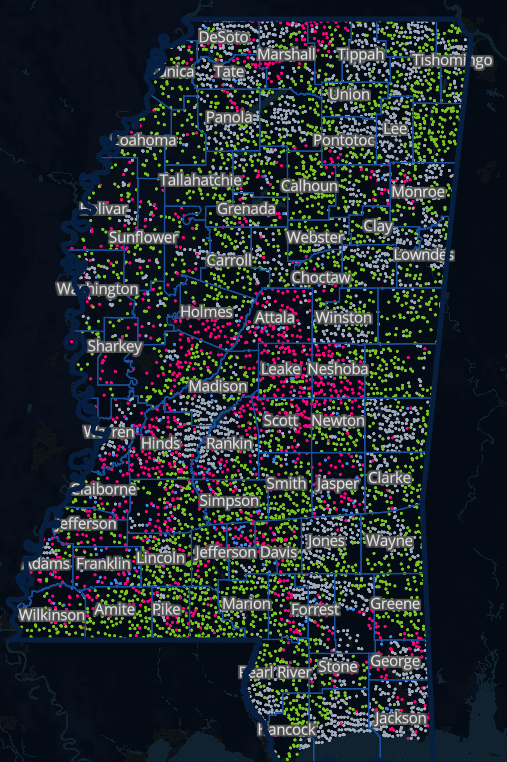
“We want everybody to look at that map,” Doty said. “If that map shows that you are served, and your experience is something different, you know you don’t have good service, it’s slow, it’s not available where you are, we need you to participate in that challenge process.”
The challenge process will end on August 16, followed by a two-week rebuttal period. The map can be found here.
Doty explained that it is important to ensure locations are correct so grant funding can be allocated to where fiber connections are needed.
“Because we cannot award money and include it in the grant funded area unless it shows as unserved or underserved,” Doty added.
By visiting the site and reviewing the map, residents can also test their connection to determine if they have speeds fast enough to be considered as “served.”
The best way to notify personnel of discrepancies with the map, or to get general questions answered, is by sending an email to info@beam.ms.gov.
